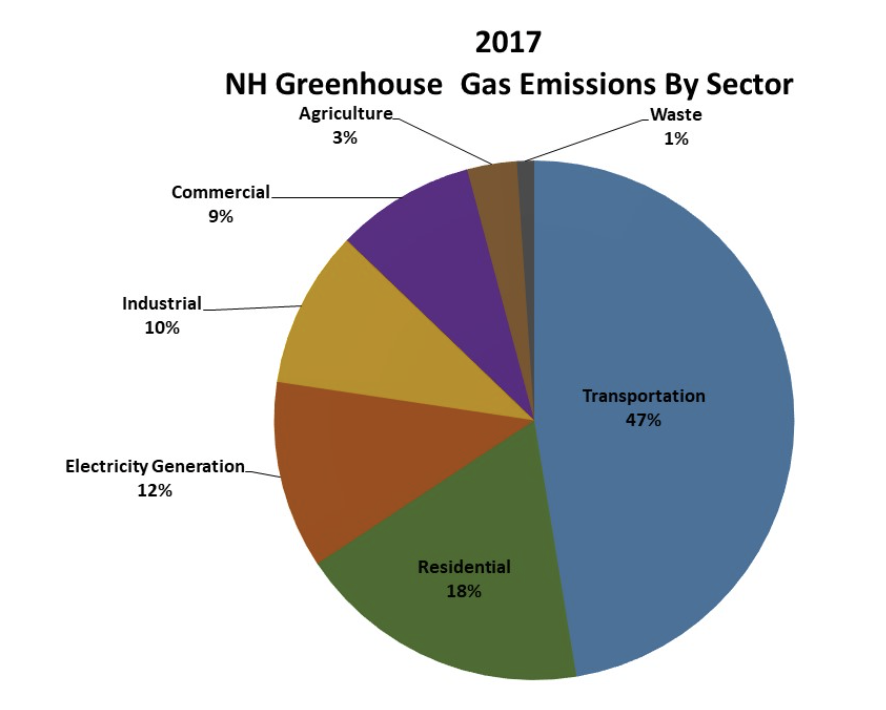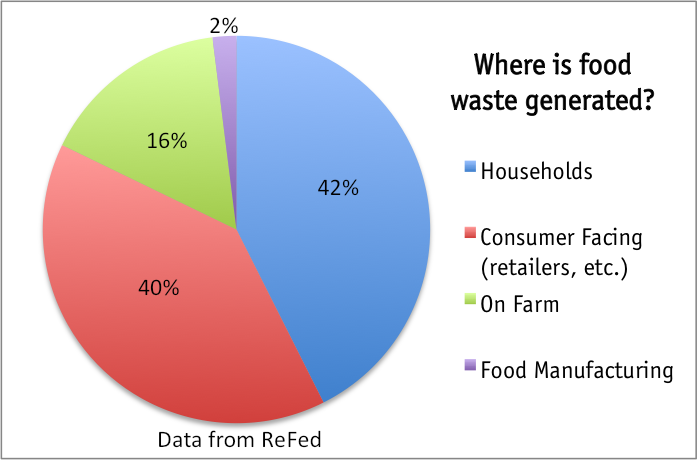
Waste Emissions Data
Key Takeaways
Use a reusable bag
The average American family takes home 1500 plastic bags per year according to the NRDC. Most grocery stores now sell cheap reusable bags to replace traditional plastic/paper grocery bags. Reusable cotton bags have to be used 131 times to equal the emissions of a single plastic bag.
Buy vintage and recycled clothes
One pound of secondhand clothing saves 5.9 pounds of CO2. Extending the life of clothing and avoiding waste can prevent unnecessary emissions. The fashion industry as a whole produces 2.1 billion metric tons of greenhouse gas every year, partially due to fast fashion.
Reduce food waste
One kilogram of food waste equals about 2.5 kilograms of CO2 being released into the atmosphere. Food is also the single largest category of material that fills municipal landfills, and these landfills account for 14.1% of US methane emissions.
Buy fewer things
Over its lifetime, the average product creates 6.3 times its own weight in carbon emissions. Cutting down on single-use plastic and packaged goods consumption is especially important because 91% of plastic is not actually recycled.
Vermont Waste Data: 2018
Paper, plastic, and organics collectively make up 57% of waste in Vermont. The carbon impact of this waste production can be reduced through decreased consumption, increased recycling, and composting.
Organics make up over a quarter of household waste which can be sharply reduced by starting a composting pile. Reducing household waste is a simple but impactful action we can all take
Local Emissions Data
Waste makes up a very small portion of greenhouse gas emissions in Vermont and New Hampshire 1-1.5%. However, waste is avoidable and takes up significant space in landfills, making waste reduction an important action. In 2018, New Hampshire saw 0.91 tons of waste per person a 0.12 ton or 15% increase in just 4 years. Vermont, meanwhile, has seen its greenhouse gas emissions from waste cut in half in 10 years. Waste reduction is a simple step for households that saves money, landfill space, and carbon emissions. Reducing consumption is the best way to reduce waste while contributing to lower emissions from industry, agriculture, and transportation as well.
Data from the Vermont Department of Environmental Conservation
While 58% of food waste is generated commercially, there is still a significant amount of food waste that comes from households.
Organic waste makes up 26% of residential waste in Vermont. Food waste makes up the majority of organic waste and leads to largely avoidable carbon emissions. Food production and transportation lead to high amounts of carbon emissions, especially meat production. When food is thrown away it decomposes, releasing more greenhouse gasses. Preventing food waste is easy and cost-effective because it can be done just by buying only what will actually be consumed. Reducing your food waste is a great way to reduce your waste and carbon footprints.









